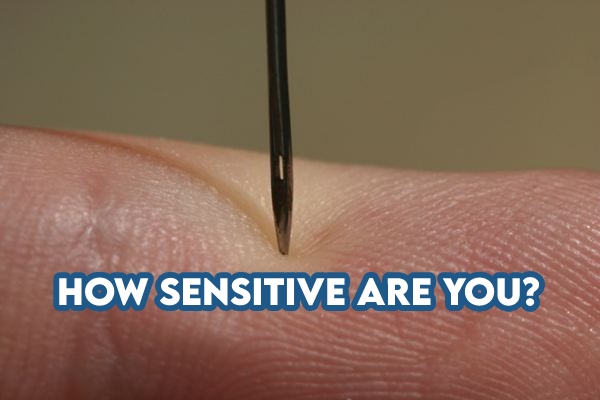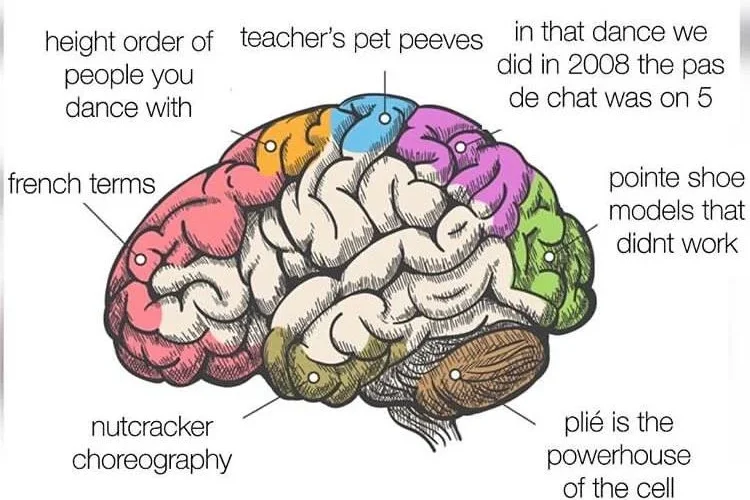There have been a number of groundbreaking discoveries in recent years. Here we outline research that may provide Parkinson’s disease treatments for the future.
Treatment of Parkinson’s Disease
1. Deep Brain Stimulation

Deep brain stimulation involves implanting an electrode into a part of the brain called the subthalamic nucleus. The electrode delivers electrical signals that can almost miraculously alleviate the symptoms of Parkinson’s in some people. It is thought that one in five people with Parkinson’s would benefit from deep brain stimulation.
2. Implanting human embryonic cells
This technique takes dopamine-producing tissue from aborted human embryos and implants them into the damaged areas of the brain.
Professor Steven Dunnett, a leading scientist in this field says of the trials, “There have been clear benefits in a small number of carefully studied patients”.
However he adds, “due to the complex ethical issues and practical difficulties of using human embryonic tissue, it is unlikely to become a widespread therapy. It does however prove that transplantation of the right cells can work”.
3. Implanting stem cells
Professor Dunnett’s lab are also leaders in stem cell research. They see these as a safer and more likely alternative to tissue from human embryos (what are stem cells?). Using expertise gained through embryonic cell transplants, Steve Dunnett’s team are working to increase survival of the transplanted stem cells.
4. Keeping cells alive
Another promising option is to use compounds known to protect neurons from further damage. However, getting these compounds to the correct part of the brain is proving a huge challenge.
5. Infusing ‘Growth Factor’ into the brain
Another pioneering surgical treatment involves implanting a pump filled with GDNF in a patient’s abdomen. This sends a daily dose of growth factor into the dopamine deficient area of their brain.
The growth factor, called GDNF (glial-derived neurotrophic factor) encourages the recovery of damaged neurons.
Legal and ethical issues
The USA and Europe have very different laws regarding what is, and what is not, ethical. Using brain tissue from animals and transplanting them into humans (xenografts) is hugely contentious in Europe because the effects are unknown. However, in the USA it is considered ethically acceptable.
In the USA the federal government will not fund stem cell research as it considers it ethically unacceptable. In contrast, stem cell research is legal in most of Europe.
Steven Dunnett concludes:
“Stem cell researchers are moving from the States to Europe, and xenograft researchers are moving from Europe to the States. The most promising treatments will be dictated by social and ethical regulations”.
For more information, visit the Parkinson’s disease society website










